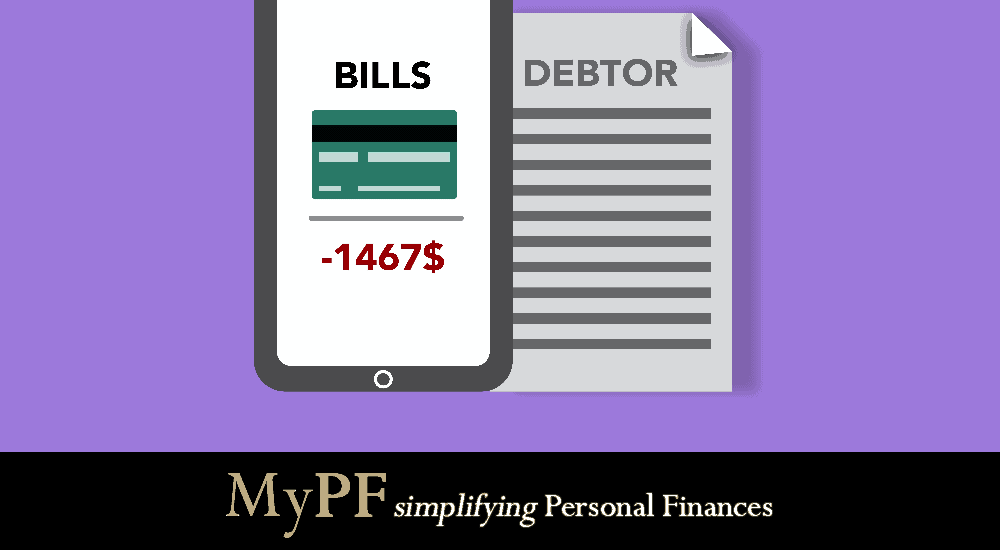Take control of your financial future with this short guide to personal finance.
The phrase “personal finance” refers to managing your finances as well as saving and investing. It includes financial planning for retirement, taxes, and estates, as well as banking, insurance, mortgages, and investments.
The phrase is frequently used to describe the entire sector that offers financial services to people and households and provides them with financial and investment advice. Personal finance is also related to individual taste and, as such, a grasp of the basics (personal finance 101) may be in order.
How you approach issues of saving and investing is also influenced by your individual goals and wants, as well as a plan to meet those needs while staying within your means. Being financially literate is crucial if you want to maximise your earnings and savings since it can help you to distinguish between good and bad advice and to make wise financial choices.
Contents
Short- and Long-Term Objectives
Short-term financial objectives help build the foundation and confidence needed to accomplish longer-term, more ambitious goals.
In as little as a year, it should be possible to complete these initial steps:
- Set a spending limit and adhere to it
- Establish a savings fund
- Get rid of credit card debt that’s getting in the way
Many people’s top long-term financial objective is to save enough money to retire. As such, try to calculate how much you truly need for retirement and have a conscious plan to reach that number.
Refer to our 6 Steps for Setting Your Financial Goals article if you need more help in this area.
Budget Management
People require a means of tracking their monthly financial activities. A budget can give you a sense of financial control and make it simpler for you to save money towards your objectives. Finding a financial tracking system/process that works for you can make a big difference in how you approach budgeting. Make it simple, not complicated.
Here are some basic steps to help you with building a budget:
- Determine your net income
- Track your spending
- Make sensible objectives
- Create a plan
- Modify your expense habits to fit within your means
- Consistently review your budget
You can learn more from our 7 Steps to Successful Budget-Setting for Couples article.
Emergency Cash
An emergency fund can prevent you from adding to the amount of debt you already carry. A huge spotlight has been placed on the importance of having an emergency fund when a crisis strikes.
Many financial experts agree that the emergency fund size should be sufficient to cover three to six months’ worth of living expenses.
For more examples on how much you ought to save in your emergency fund, refer to our How Much Should I Save For Emergencies? article.
Retirement Strategy
Establishing retirement income objectives and the resources required to meet them is a part of retirement planning. Identifying income sources, estimating expenses, implementing a savings plan, and managing assets and risk are all components of retirement planning.
Although you can begin at any time, it can work best if you include it as early as possible in your financial planning. That is the best approach to help guarantee a secure, enjoyable, and safe retirement. Planning your route there is the serious but somewhat boring part, which is why it makes sense to focus on it.
Want to learn more about planning for your retirement? We do have a collection of useful articles on retirement.
Repaying Debt
Repaying debt reduces the amount of interest paid over time, freeing up money for savings and investments, and improving credit score. Additionally, paying off debt can also help to reduce financial stress and improve overall financial stability.
While we have plenty of articles covering debt management, debt avalanche and the debt snowball are two strategies a person might use when tackling debt.
#1. Debt Avalanche
This is what a debt avalanche looks like. A person pays off all debts at the bare minimum. The remaining funds are then used to settle the loan with the highest interest rate. Once the debt has been paid off, the person moves on to the next biggest one.
#2. Debt Snowball
Debt snowballing involves ranking your bills from smallest to largest, paying the minimum on each debt, and then applying extra funds to the smallest debt first.
Which is better, then? Theoretically, it is preferable to pay off the debt with the greatest interest rate first (the debt avalanche approach). But debt is frequently more psychological than financial.
Paying off lesser debt first can give people a sense of control and accomplishment and inspire them. Small, overdue amounts of debt, on the other hand, may result in stressful collection calls from creditors.
Investments
Making investing a part of your financial plan can help you not only conserve money but make it grow. You might think an investment strategy is straightforward, such as “plan to trade stocks,” but it actually encompasses much more.
There are a few techniques to keep in mind if you’re prepared to begin investing. One or a mix of these forms the basis of many long-term investing plans.
#1. Buy and Hold
The “buy-and-hold” approach is founded on the notion that you should undertake thorough study before buying anything, choose your investments based on sound long-term logic, and then buy and hold on to them no matter what happens to the market value. A buy-and-hold investor should only sell when one of two things happens:
- When the fundamental factors that drove your decision to buy the shares change (for example, when the company’s management team adopts a new business strategy that you don’t agree with)
- When you want to completely get out of the market
A downside of this approach is that you might simply be incorrect in your decision, and if you choose a buy-and-hold approach, you can suffer a significant loss before giving up.
#2. Value Investing
In “value investing,” equities that are undervalued in relation to the rest of the market are sought. This entails searching for businesses that appear to be expanding quickly but have not yet drawn much attention from the market or for up-and-coming competitors with excellent fundamentals and room to grow. Value investing involves more frequent stock purchases and sales. Consider selling and moving on as soon as your picks appear to be “priced in” or “over-valued.”
Value investing requires you to keep a close eye on businesses and periodically reassess what you believe they are worth. If you make a series of errors, it could be difficult for you to recover.
Conclusion
Personal finance is a crucial aspect of managing one’s finances, and it involves creating a budget, setting financial goals, and planning for emergencies and retirement. It also includes making conscious decisions and being aware of the different options available to manage debt.
Are you interested to further your knowledge in managing finances? Let us know in the comments down below.












Leave A Comment